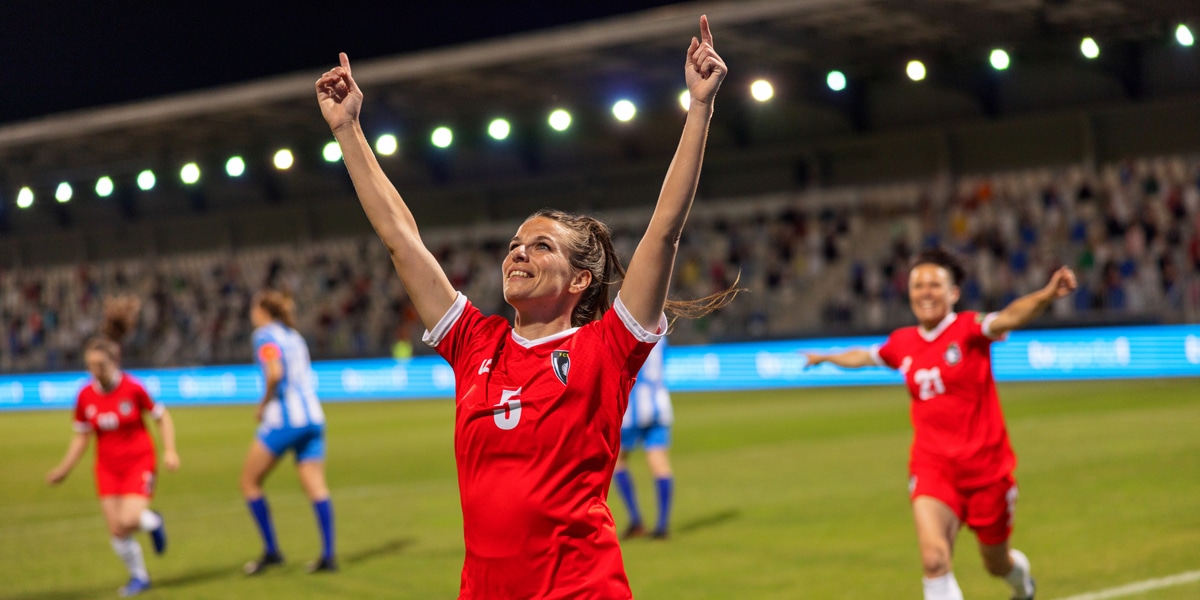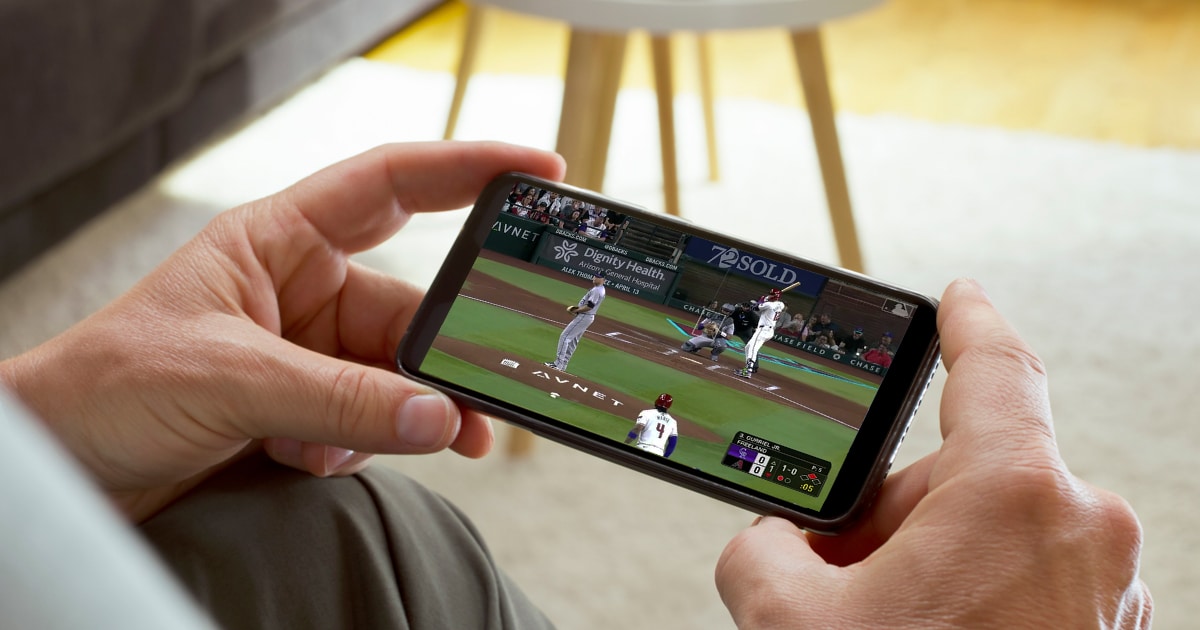The expansion of sports as a platform to engage vast and, therefore, valuable audiences in real time has not been…
The Future of Bowl Game Sponsorships

The vast changes that we’ve seen in college athletics have left their mark on this past season’s bowl games. The proliferation of bowls that took place over the past two decades has peaked. Postseason games will now have to contend with the challenges brought about by transfers and opt-outs that could very well lead to lower fan engagement (lower ticket sales / lower TV ratings).
This ultimately leads to less revenue, which is really why they exist in the first place, right?
To be clear, I’m speaking specifically of almost every bowl game except the ‘New Year’s Six’, which delivered record audiences on ESPN’s MegaCast platform. Both CFP bowls were disappointingly non-competitive, but still delivered 17.2 million (Orange Bowl) and 16.6 million (Cotton Bowl) viewers. The Rose Bowl’s favorable time slot and the competitive matchup between Utah and Ohio State garnered over 16 million viewers as well.
Overall, viewership for the New Year’s Six bowl games was up 15% over 2020 numbers. The audience for non-semifinal NY6 bowls (which includes my favorite—The Fiesta Bowl) was up 47% over last year (9% up from 2019) and represented the third best non-semifinal ratings performance on record.
In short, the big bowl games featuring marquee matchups of the country’s top programs performed well and will most likely continue to be premiere sponsorship platforms for brands that are involved with these events.
Non-NY6 bowls are going to have to be proactive in order to negate the aforementioned negative influences on their events to attract new sponsors and grow their revenue.
What To Consider if Your Brand is Sponsoring a Non-NY6 Bowl Game
There’s certainly no reason to hit the panic button on either side of the sponsorship table for the smaller bowl games that face teams that suffer from transfers and opt-outs. I would, however, work to get ahead of these issues.
As always, Line Drive Sports Marketing is here to help both the sponsor and the seller. Here are some things both can do to keep smaller bowl games more viable as college football continues to evolve.
For Sellers:
- Non-NY6 bowls need to put an emphasis on delivering value (ROI) back to the sponsor; lower TV ratings and smaller crowds prioritize things like activation, hospitality, and data. Anticipate that these will happen and proactively enhance your ancillary assets.
- Non-NY6 bowl sponsorship teams need to lean into their social assets. You can incentivize likes/followers and retain them with ‘off season’ by providing unique insights, projections, throwback stories and profiles, as well as special access to other bowl events and ticket pre-sales. If done properly, this can be monetized. If you have a relationship with a larger bowl, leverage that to grow your followers; if you don’t … develop one or get creative and forge one with another prominent football entity in or near your market.
- Develop the non-game events to be more impactful to ALL sponsors. I fully understand that this is easier said than done. It allows you to grow a potentially smaller advertiser (or even a local sponsor) into a bigger, title sponsor role; consider developing bigger and better non-game events that provide hospitality, fan engagement, and activation.
- Develop as many unique sponsor experiences as possible; meet & greets and other forms of access can really cement a sponsor’s loyalty, while also putting less emphasis on the quantitative metrics that the industry sometimes relies on. Do this for the fans as well. What about an open practice? Have a coach do a roundtable for a select group of fans … get creative!
- Expand your window; there’s no reason why you can’t execute for sponsors well beyond the ‘bowl game window’ that happens in earnest once the matchups are announced in early December. Repurpose great plays and players (or moments) on your social media. Do what you can to tag and engage fans that will ultimately share the post on their feeds.
- Learn to use data more effectively; sporting events (and teams for that matter) have a unique relationship with the fans that purchase tickets; incentivize fans to provide data through giveaways and other means. Smaller bowl games have lots of room to improve here.
For Sponsors:
- Challenge these games to get out of their comfort zone. That doesn’t mean we need to do pointless or endless activations, but it does mean you should take a good look at what they are offering you and strategize on how you can make it more effective. Bowl sponsorship sellers can, at times, work in a vacuum, rehashing the same executions to different brands each year.
- Be an involved sponsor. Bowl season happens in and around the holidays. This creates challenges for the bowl sponsorship team that is ideally working hard to deliver value for your investment. Don’t look at your bowl game sponsorships passively. Be engaged!
- Cross network. Smaller bowl game sponsorships might have less fanfare than a bigger, NY6 bowl game, but that may help you forge greater B2B opportunities with other sponsors or even key alumni from the schools that are involved. Do your homework and don’t be shy to ask your bowl sponsorship representatives to make an introduction or give you access to the hospitality they may be executing on behalf of the bowl game.
- Engage your customers. If you are a brand sponsoring a minor bowl game, look to deliver your customers opportunities that might be available to them for early-bird ticket sales, enhanced access, or upgraded seating. Now you’re delivering greater value (and driving loyalty) to your constituents.
- Don’t limit your bowl related messaging to the bowl window. You can drive greater value for your investment by showcasing the bowl, its plays or key moments, on your social media platforms outside the ‘bowl game window’ (see #5 above). If your sponsorship doesn’t capture or create these important opportunities, make sure they do so moving forward.
- Scrutinize your recap. If you do nothing else, take my advice here. At every stop in my career, I put great emphasis on recaps. Why? Because they are CRITICAL to communicating value to the client, but also help to identify areas that can be improved, enhanced, or expanded. Whereas this sounds self-serving, have a professional sports marketer review your recap as well … even if it’s for a one-off, hourly fee. An outside perspective can be invaluable in helping you to maximize your investment.
Bowl Game Sponsorships in an Ever-Changing Landscape
College football has been indelibly changed. We’re coming off an unprecedented season of change that will undoubtedly affect the college bowl season moving forward. The change is so significant and so constant that candidly, even those on the inside are grappling to understand it. Everyone involved in college athletics must be proactive in seeking new and better opportunities in this ever-changing landscape. Failing to do so has the potential to cost bowl sponsorship sellers and sponsors alike.
If you have any questions or would like any additional information regarding how you can enhance your college bowl game sponsorships, contact me at ed.olsen@ldsportsmarketing.com.



